In this series, Tofugu asks learners what Japanese learning resources and methods they use to study and why. Today, we talk to Japanese TV variety show star, Matthew Chozick.
Matthew gets to perform on weekly Japanese TV, not just because he has a "knack" for the language, but because he worked hard. And his methods can work for you too. Take it away, Matthew!
Hi there! You may know me from Japanese TV or from an interview on the Tofugu Podcast:
What you may not know are the Japanese study tools and strategies that enabled me to work as a translator after four years of study and write for Japanese magazines, TV, and radio after seven.
While none of the Japanese learning methods I describe below are easy-peasy, if you've got a strong work ethic and commit to daily practice with speaking, reading, and typing/texting (forget handwriting), they will yield results.
The Pimsleur Method
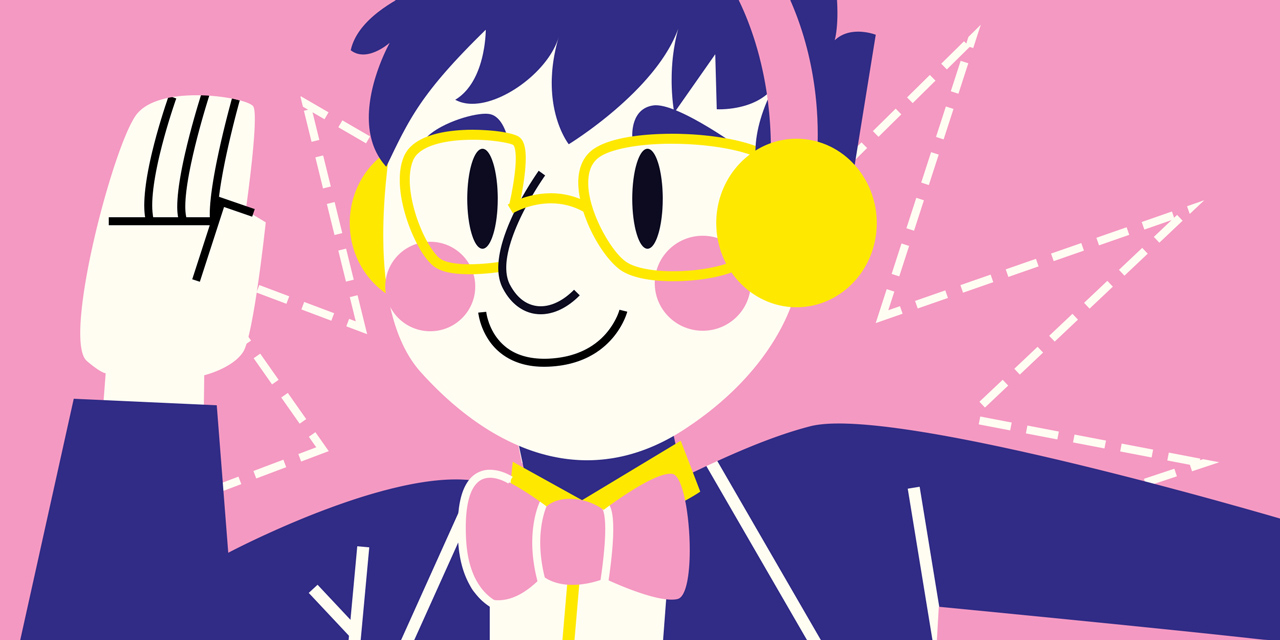
Pimsleur's audio-only program was my first foray into Japanese learning, so it has a special place in my 心. Before Pimsleur's CDs, I had no confidence in my ability to speak a second language. I'd reluctantly studied French from middle school through college, but I focused on passing written tests rather than conversation (I'd probably starve today if I needed to verbally order a baguette in Paris… 😿).
In contrast, Pimsleur made me speak Japanese from the get-go. There was no dilly-dallying with Japanese textbooks. The very first audio lesson tossed me into conversation practice; I had to figure out what Japanese people on the CD were talking about and was frequently prompted to speak aloud with them.
After speaking, a pre-recorded voice would indicate if I was hitting the mark by modeling the Japanese the way I should have said it.
Active dialogue participation is the vital piece of Pimsleur lessons. It felt easy to keep up with new vocabulary and grammar, because I practiced them in complementary conversations. I enjoyed ordering fantasy meals, chatting at imaginary zoos, and shooting the breeze with pretend colleagues.
Since the Pimsleur CDs I used had no corresponding workbook, my body was free to move around as I learned to make small talk or provide directions. Incidentally, I found the more I physically stirred about, the easier it was to absorb new Japanese. I fell into a routine of studying as I clumsily jogged through my neighborhood—a healthy habit I started for Pimsleur practice but continue today in Tokyo.
Since the Pimsleur CDs I used had no corresponding workbook, my body was free to move around as I learned to make small talk or provide directions. Incidentally, I found the more I physically stirred about, the easier it was to absorb new Japanese.
After about ten months of Pimsleur, I was sad to finish the program. The Pimsleur catalog has since expanded, but at the time it had ninety thirty-minute lessons. The easiest lessons usually required two attempts for me to master—which meant I needed at least one retry to nail the dialogues.
The hardest lessons required three or four attempts to understand everything and to participate. After using Pimsleur for less than a year, I was surprised to find myself able to chat with non-pre-recorded Japanese people about all sorts of things—a goal I didn't achieve with a decade of French class.
So if you're just starting to study Japanese, there's nothing I recommend higher than Pimsleur. It's available for zero dollars at your library (try searching WorldCat or ordering through interlibrary loan).
If you prefer to own things, a complete Pimsleur set is about $450. Rest assured, it'll be well spent if you're new to Nihongo.
My only gripe with Pimsleur is the version I used (from the 1990s) occasionally seemed a bit, well, creepy. My memory might be exaggerating things, but some of the dialogues had me (imaginarily) hanging around parks and inviting Japanese women back to my home.
These exercises seemed less Pimsleur and more, um, "Pimp-sleur." I'd be more comfortable recommending the program if it were less testosterone-y. Hopefully the newer editions have turned down the machismo, because otherwise it's ideal for getting the hang of Japanese.
- Get:
More Audio and Reading Aids
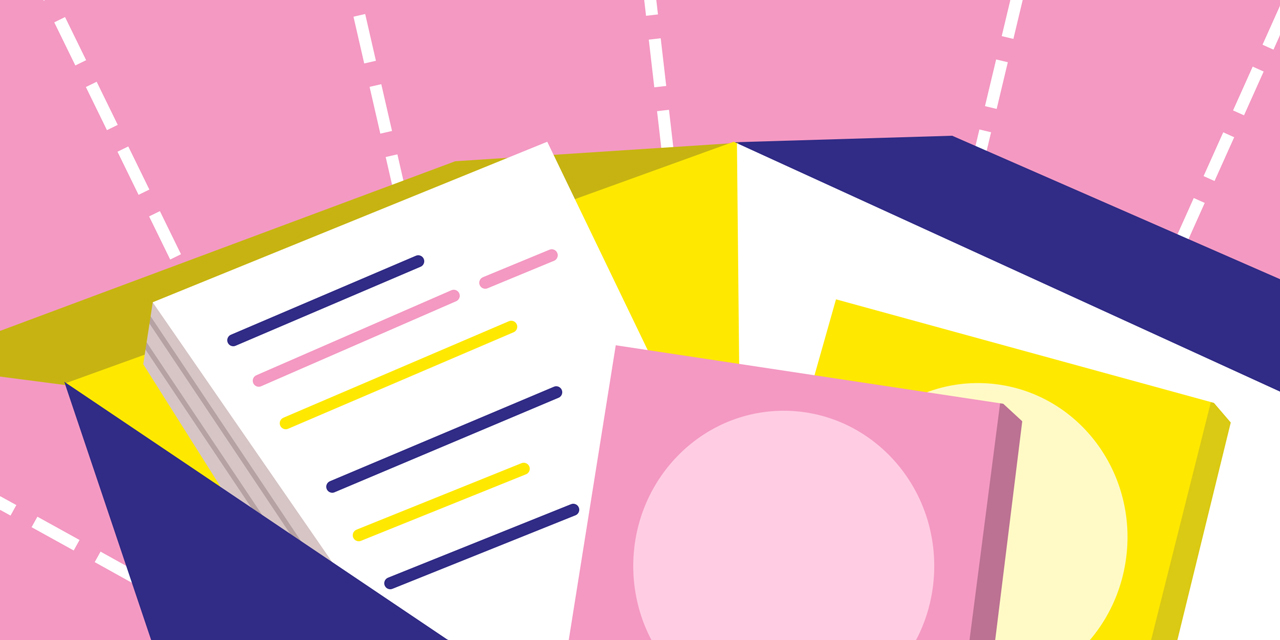
After learning basic Japanese with Pimsleur, I was able to plow through the Minna no Nihongo and Japanese for Busy People textbooks in mere weeks. With almost a year of Japanese speaking practice under my belt, I started focusing more on reading and listening.
For reading, I first used Japanese children's books and White Rabbit Press flashcards. For listening practice, I binged George Trombley's hilarious and insightful videos, which are usually conducted in Japanese with native speaker guests.
After about fifteen months of study, I bought a used electronic dictionary for almost nothing and started struggling my way through novels and movies (turning off the subtitles to practice listening). Just getting the gist of the stories was good enough for me. I wasn't seeking mastery of everything. It was more important that I understand how the Japanese I already learned was used in different contexts.
But there was a void in my study routine: I had nothing to listen to while clumsily jogging through my neighborhood.
On a prior trip to Japan I learned that the country's public broadcaster, NHK, offered all sorts of language learning lessons on the radio. So I wrote NHK from America asking for Japanese audio and printouts. They kindly sent them to me and even included free international postage. Thank you, NHK! (Note: NHK now has free language learning resources online).
Just getting the gist of the stories was good enough for me. I wasn't seeking mastery of everything. It was more important that I understand how the Japanese I already learned was used in different contexts.
After carefully studying the NHK audio and regularly pausing dialogues to try and actively predict—in a Pimsleur-esque fashion—how speakers would respond to questions or comments, I finished up all my listen-while-running resources (again).
Fortunately, podcasts were just taking off. I was able to find some Japanese tools online, my favorite being JapanesePod101.
JapanesePod101 was ideal for me because the textbook-free lessons were high quality, witty, and never felt creepy like 1990s "Pimp-sleur." I didn't have a smartphone yet, but I bought an iPod shuffle and added a few fifteen minute JapanesePod101 lessons at a time. I'd listen to them on repeat until I could confidently use all the vocabulary and sentence patterns.
I spent the next two or three years going through JapanesePod101's intermediate and advanced podcasts. But I didn't passively listen to them. Again I frequently paused, predicted, and participated in dialogues as much as possible.
JapanesePod101 allowed me to practice on the go, but there were also dialogue text files I could download to check vocab and example sentences. I started adding new words into a resource that upended my language study: Anki's spaced repetition software.
Anki
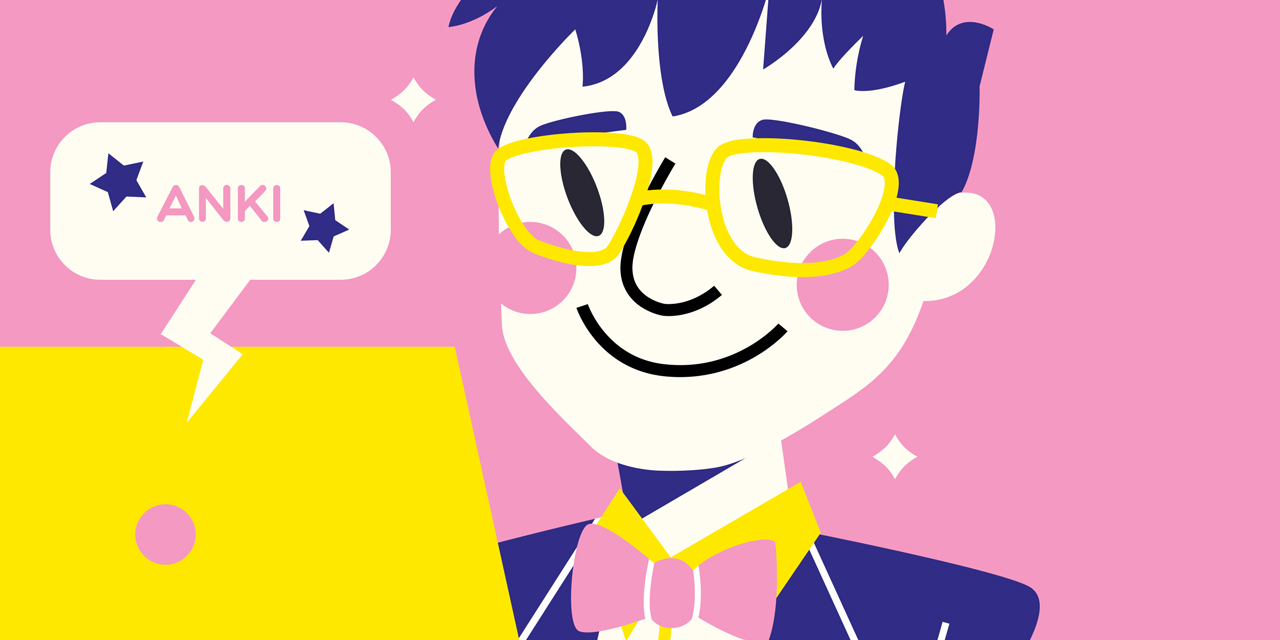
After about three years of Japanese study, I was introduced to Anki thanks to dumb luck. I was snail-reading through a Japanese novel in a coffee shop, when a friendly guy at a nearby table leaned over and started preaching to me about a fancy memory algorithm for optimized flashcard learning.
His pitch sounded science-y and wonderful, so I downloaded Anki right away. Since then, I've created about 30,000 custom cards on my laptop, which now sync automatically with the Anki app on my iPhone. This portability makes it easy to review cards on the train, during lulls at work, or when I'm watching bad TV dramas.
There are a lot of free Anki decks for the Japanese Language Proficiency Test (JLPT) and other respectable goals, but I suggest ignoring them. From my experience, it's best if you develop your own cards. Here's how I did it:
When creating cards, I try to add sentences that are so long they can't be memorized. This forces me to recall the main idea on the card along with target vocabulary.
If I can't use a word properly or convey something important with it, I fill my Anki with additional example sentences that reinforce my understanding of the word. Koichi just wrote an article on the ins-and-outs of studying with Japanese sentences, so check that out for more tips.
There's extensive information available on how to use Anki most effectively (and the software is pretty intuitive anyway), so I won't discuss that sort of thing here. Instead, I'll explain where I source long, high quality sentences for my massive Anki deck.
Mac OS X Japanese-to-English Dictionary
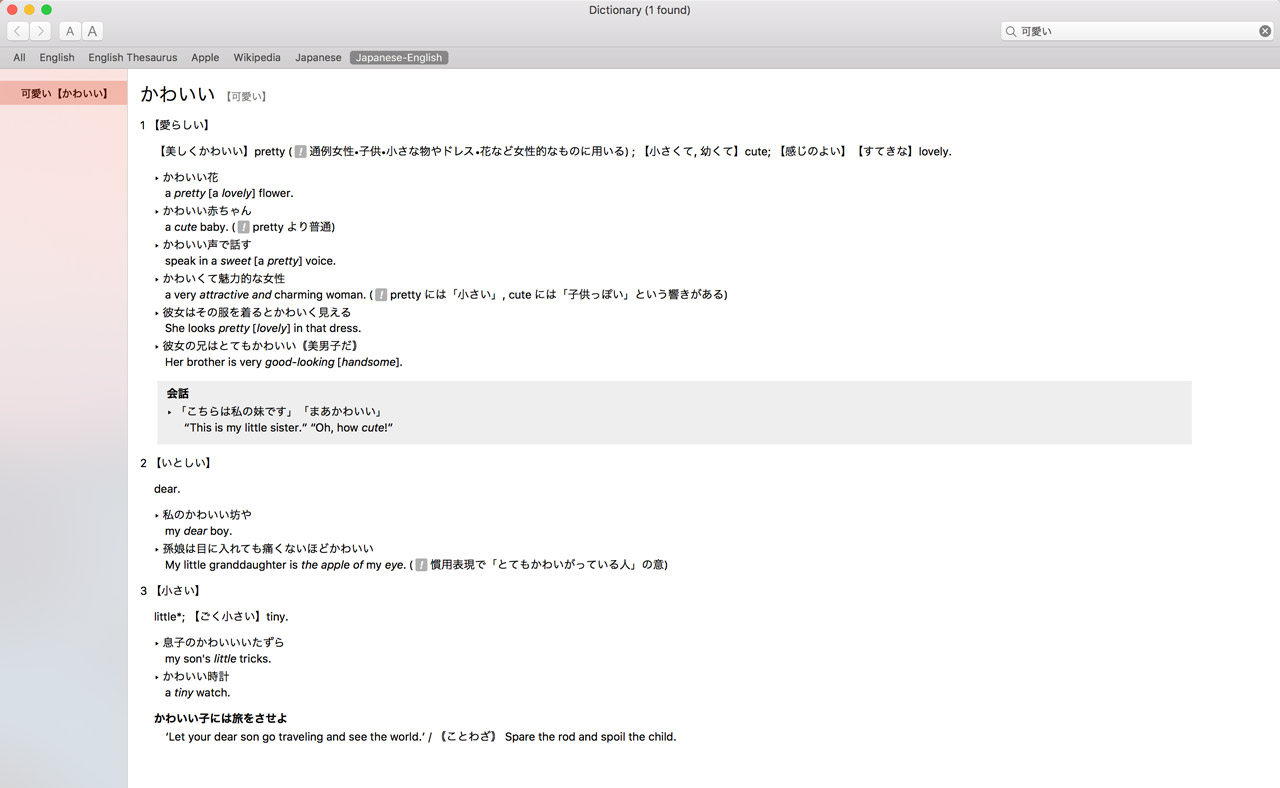
Sorry PC users: I hate to exclude you, but the Mac OS X default Japanese-to-English dictionary (just called "Dictionary") is outstanding and free to unlock. Just click Preferences and select the box ウィズダム英和辞典 (Japanese-English), and voila! The dictionary includes a treasure trove of example sentences that are easily copied into Anki along with English definitions.
When looking at a sentence in the dictionary, if I come across words I'm unfamiliar with, it's easy to add them all to my Anki. That said, I don't plop in every new term I encounter. If it's something I'll probably never need (like the Japanese name of a rare bird), I substitute it with a higher frequency synonym or ignore it.
ALC Japanese Dictionary
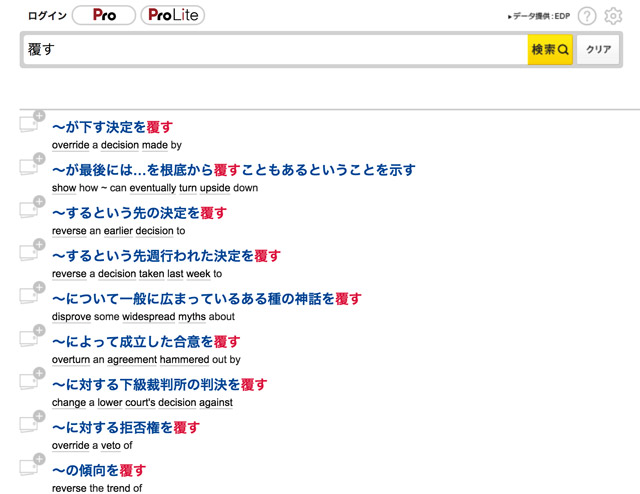
Dictionaries that include definitions without extensive example sentences are, for my purposes, woefully inadequate. I'm bad at understanding a word's nuance or usage without an arsenal of sentences to help me. My solution is ALC's (free!) phrase and sentence database, which is available for web browsers or in app form on iOS and Android.
I check ALC's colossal database the same way I do Apple's more limited dictionary; I look for examples word usage and search for sentences I can input into Anki, along with handy phrases and syntax.
Miscellaneous Anki-ing
It's worth mentioning that I avoid one popular source of Anki example sentences: newspaper articles. Even though I receive most of my news from Japanese sources (like Asahi Digital), the sentence patterns in Japanese newspapers have a distinct "journalism-ese" that I don't think is effective for improving general fluency with my personal goals.
The most common print source I use for developing Anki cards is novels. Fiction is rich in what the linguist Mikhail Bakhtin calls "heteroglossia." Which is a pedagogically useful mix of voices from characters in dialogue, narrators, and authors themselves.
The language of novels helps readers and Anki-ers get familiar with a wide range of communication patterns—as opposed to the relatively narrow stylistic scope of journalism.
In addition to novels, I load up Anki with clever lines and useful grammatical patterns I hear on TV or read in film scripts. The best screenplays are published annually in a Japan Writers Guild book series titled 「年鑑代表シナリオ集」. The newest edition is particularly worth checking out, because it includes Uchida Eiji's brilliant screenplay for Lowlife Love.
If you watch Japanese television (and you should because I'm on it), you know brightly colored subtitles are very common, especially when someone shoots off a witty zinger. It's easy to snap a smartphone pic of the line or quickly enter into Anki.
Old-Fashioned Analogue Talky Practice

I found that, for me, the best way to improve my Japanese proficiency was to schedule daily language exchanges with all sorts of partners (some of my favorites were as old as my own grandparents).
Whether you're in Sapporo or Cincinnati, quality Japanese speaking practice requires some creativity and determination. I lived in a fairly big American city for years, so I took advantage of Japanese-language newspapers, magazines, and websites to find language partners. I was lucky to discover Japanese students and full-time workers looking for roommates and people to chat with. I was even able to arrange homestays. (Yes, in America!) I also benefited from attending tons of classes that were taught in Japanese about various subjects.
I found that, for me, the best way to improve my Japanese proficiency was to schedule daily language exchanges with all sorts of partners (some of my favorites were as old as my own grandparents).
To make my language exchanges more successful, I prepared a small number of objectives to cover. These goals were never too lofty; I wanted to playfully practice material I'd memorized but hadn't adequately or confidently spoken. This ensured that the exchange would reinforce and build on what I'd been studying with Anki, JapanesePod101, or in classes.
I tried to practice each new word and grammar point until I was able to effortlessly use it in conversation (and that took a lot of effort).
I hope some of these tools and strategies will be helpful on your own Nihongo Journey. Learning Japanese has never come easily to me, but the challenge continues to enrich and bring joy to my life beyond what I could have foreseen.
Good luck to you and don't hesitate to contact me if you have questions about anything I mentioned here. I'd also love to know if any of these resources (or others) have been useful to you. You can find me on my website, Twitter, Instagram, or in person clumsily jogging around Tokyo as I listen to Japanese podcasts and audiobooks.
Best wishes!
